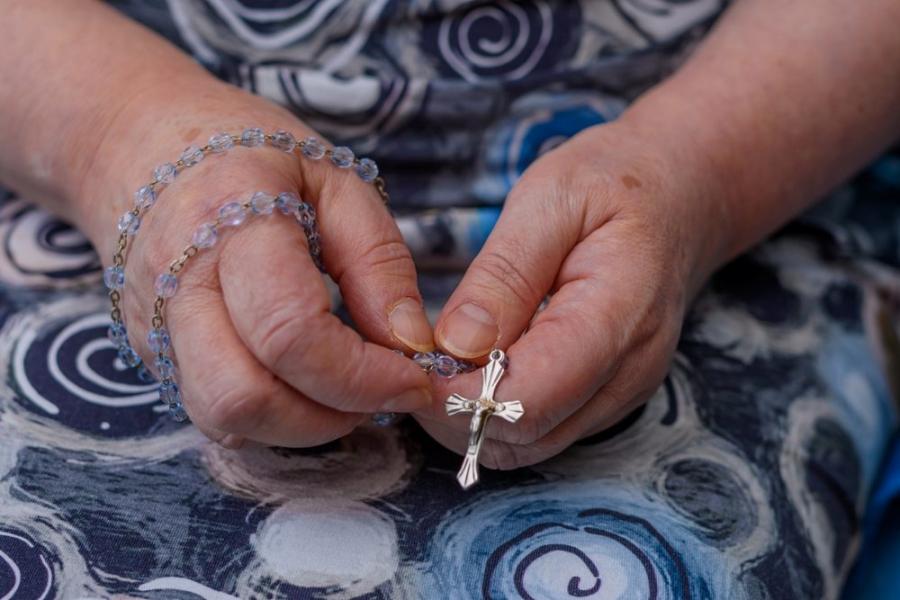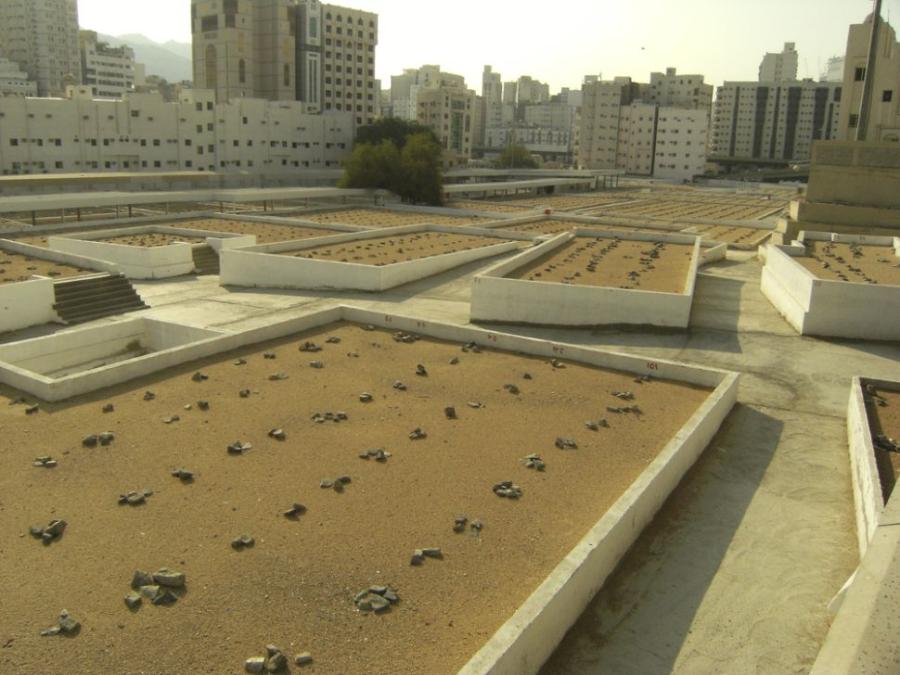
Funeral rites around the world
Funeral rites have been a fundamental part of the cultural and religious practices of societies throughout history. These rituals, which vary greatly from one culture to another, not only serve to say goodbye to the deceased, but also help their family and friends to process grief. Today, at Áltima, we will delve into different examples of funeral rites and better understand their significance in different cultures.
Importance of funeral rites in different cultures
In each culture, funeral rites have a special meaning and are often laden with symbolism. For example, the funeral rites of Ancient Egypt were characterised by mummification and pyramids, as they believed that these practices helped the soul of the deceased to travel to the afterlife.
In some indigenous American cultures, such as Native Americans, funeral rites include ceremonies that reflect a deep connection with nature and the universe, in the belief that life continues beyond physical death.
In the Western world, funeral rites also have meaning, although these practices of celebrating the life of the deceased, whether it is a traditional funeral or a commemoration ceremony, are often overlooked.
Through these funeral rites, different cultures demonstrate their respect for life and death in different ways.

List of funeral rites in different parts of the world
Funeral rites are a deep and meaningful cultural expression that varies from place to place. These practices not only reflect the beliefs and values of a society, but also offer a vision of how different cultures perceive life, death and the afterlife.
Funeral rites in Spain
Funeral rites in Spain are deeply influenced by Catholic traditions. When a person dies, a wake is usually held where family and friends gather to say goodbye to their loved one. This is usually accompanied by a funeral mass and then the burial.
But the remembrance of those who pass away does not end with the funeral. All Saints' Day, on the 1st of November, is an important date where families visit the graves of their loved ones, bringing flowers and candles to the cemeteries.
Funeral rites in Greece
The most ancient Greek funeral rites served to ensure that the souls of the deceased reached Hades and did not return to attack the living. To that end, every detail of their funeral rites had a purpose.
In Ancient Greece, when a person died, they had to be given a suitable burial, but before that, they were displayed at the door of their own house so that their relatives and friends could visit them to say their final farewells. To do this, the women would anoint the corpse with oil and shroud it for display.
Another detail of these rituals was that after burying or cremating the deceased in a cemetery on the outskirts of the city, their house and family members underwent a purification ceremony.
These funeral rites have changed over the centuries and, nowadays, in Greece Christian Orthodox traditions predominate.
Funeral rites in Morocco
In Morocco, Muslim funeral rites stand out, which also have a number of characteristics specific to their culture. It is customary to perform a burial within the first 24 hours of death in a very simple manner.
Under the teachings of the Quran and the Sunnah, the tradition of the Prophet Mohammed, the followers of Islam conduct their funerals in a very particular way. Firstly, the deceased is washed and shrouded, using three white cotton cloths for men and five for women.
Then a religious ceremony is held and the burial takes place. The body is carried to the burial site in a wooden coffin without a lid. Upon arrival at the grave, the deceased is taken out the coffin and placed directly in contact with the earth, lying on their right side with their face towards Mecca.
And the ritual does not end there. The relatives of the deceased visit the grave on three key days: the third, the ninth and the fortieth day after their death. In addition, they recite the Quran for three nights in remembrance of the deceased when their loved one passes away.
It is important to note that not all African funeral rites are the same. Indeed, depending on the culture and location, they vary greatly.

Funeral rites in China
Chinese funeral rites are also distinctive from Western culture. According to the philosophical doctrine of the Tao, the remembrance of the deceased begins even before the death of a person.
Before a person dies, they are moved out of their house to prevent the spirits from haunting it so that they can die in peace. In addition, the pillow is removed so that the person is in a completely horizontal position. The pillow can no longer be used and is thrown on the roof of the house and left to decompose over time.
After the death, numerous deep-rooted traditions are observed. For example, the person must be cleaned and dressed in their best clothes before being placed in the coffin. But red clothes are never used, as this could cause the person to become a ghost. Instead, a yellow cloth over the face and a light blue cloth over the body are used.
If the person dies inside the house, they must stay inside, but if they die outside, the coffin is placed in the garden.
These are some of the curiosities typical of Chinese funeral rites. They are much more complex than we can describe here, but they give us an idea of how important it is for them to be followed in their own culture.


